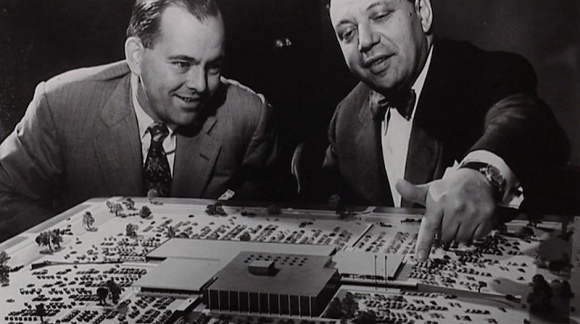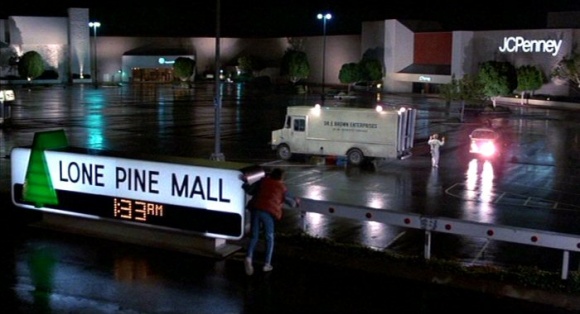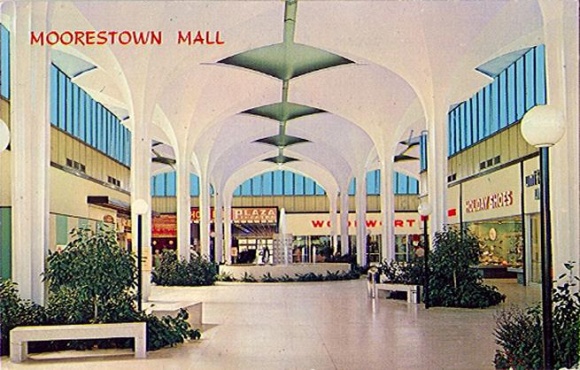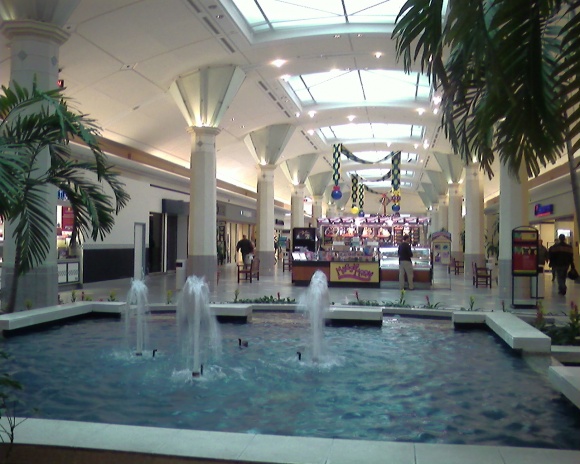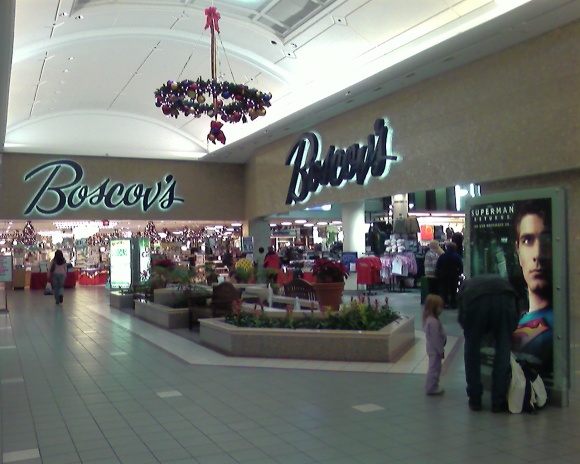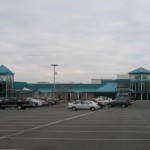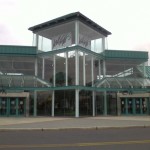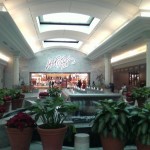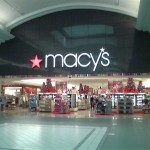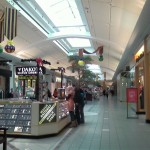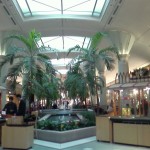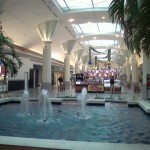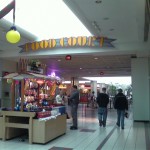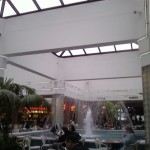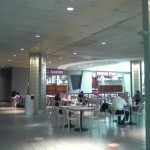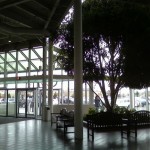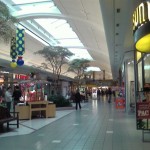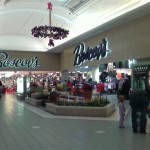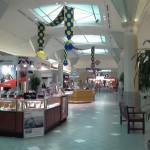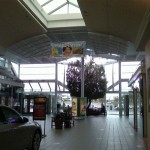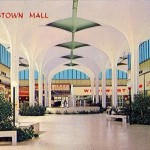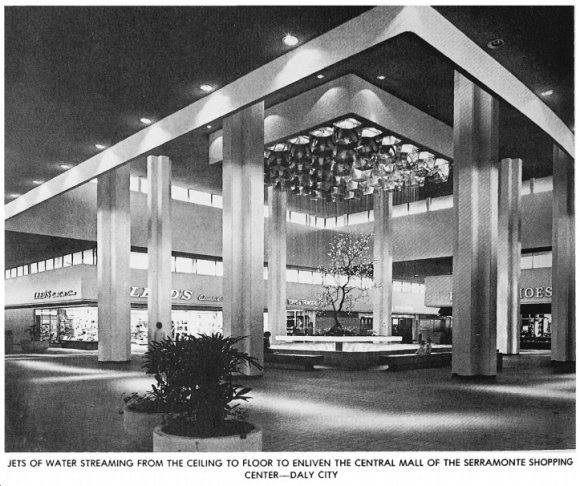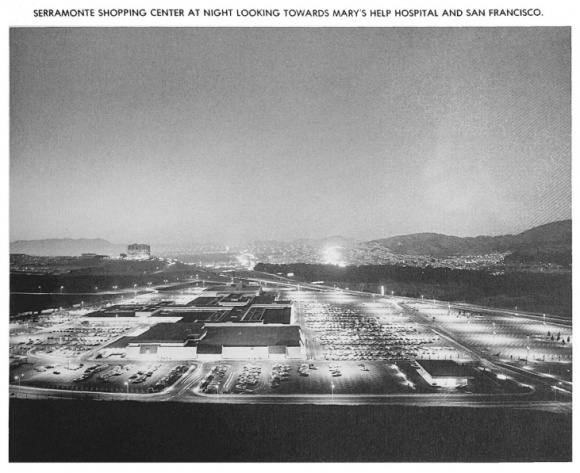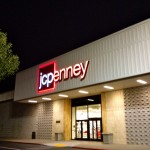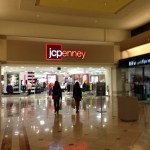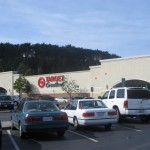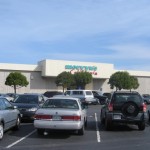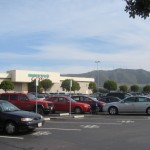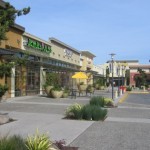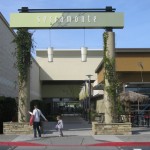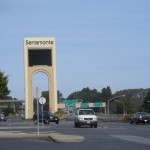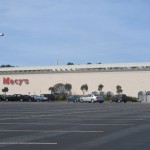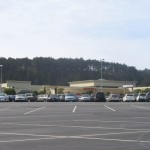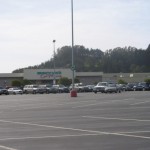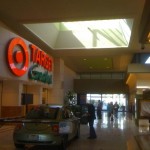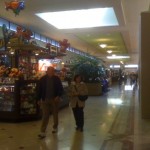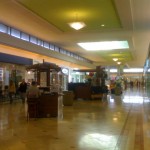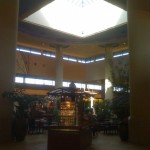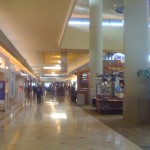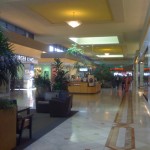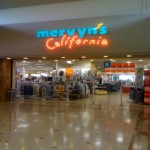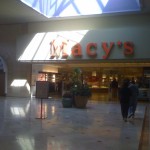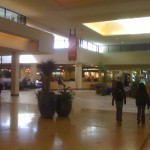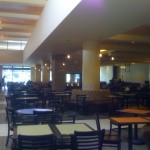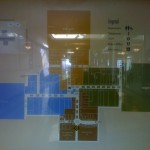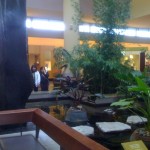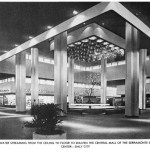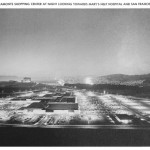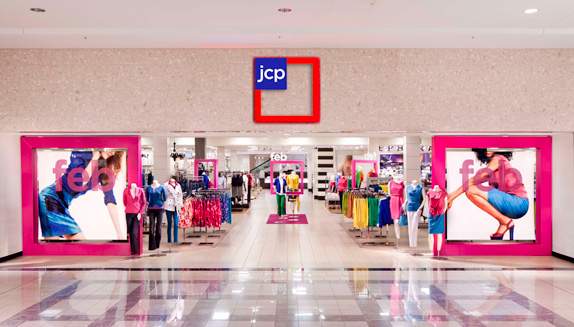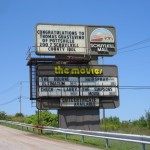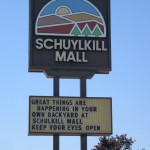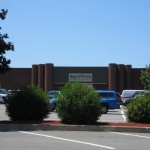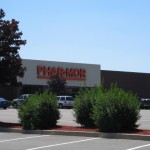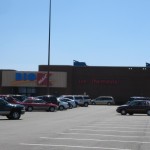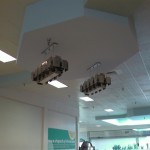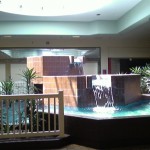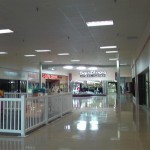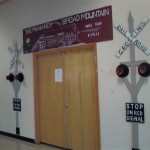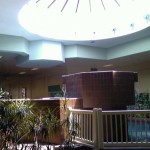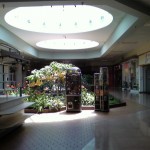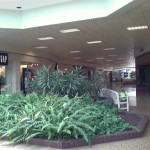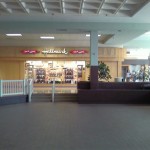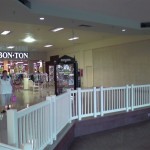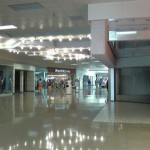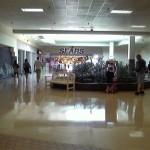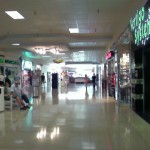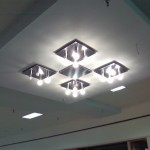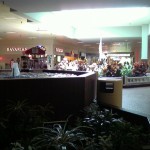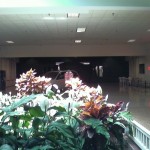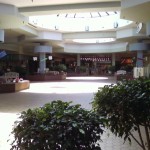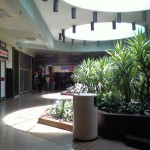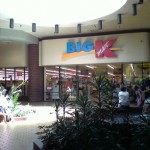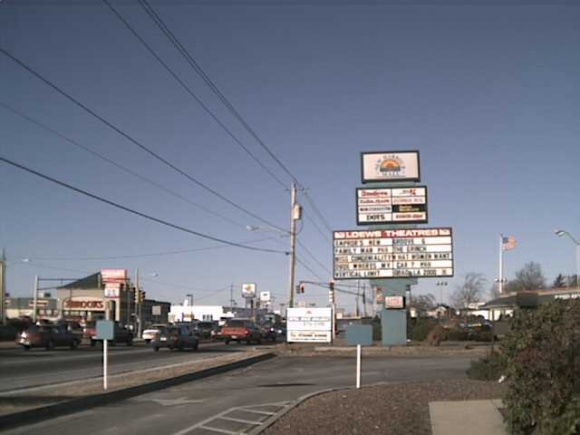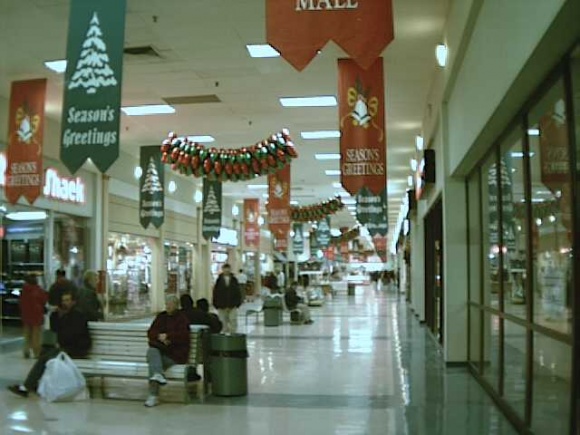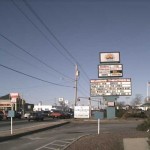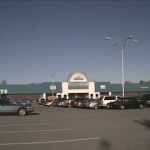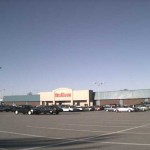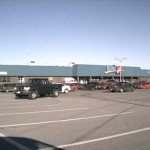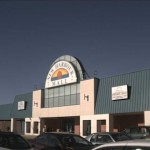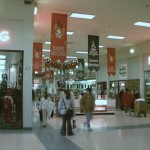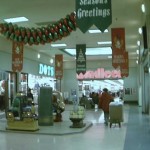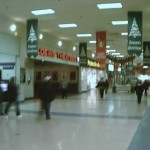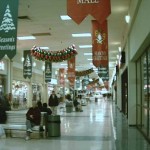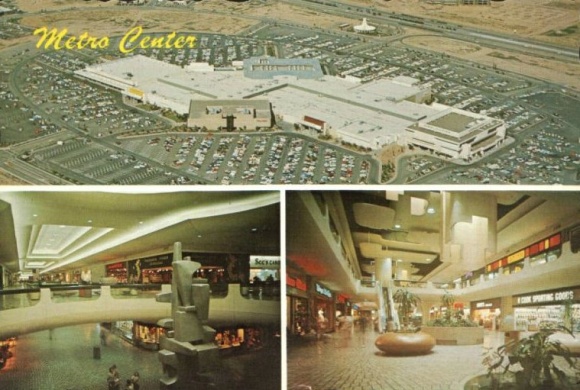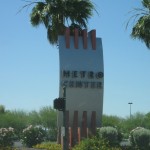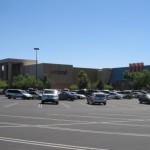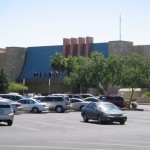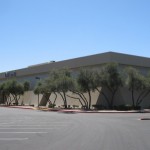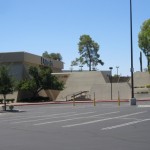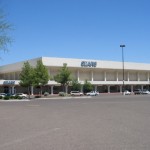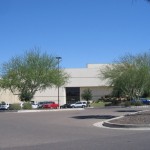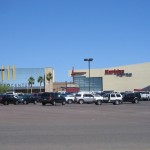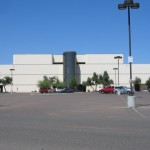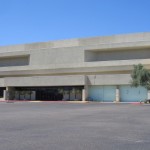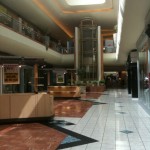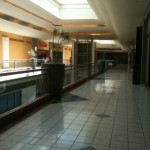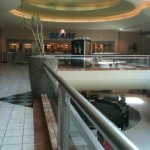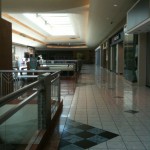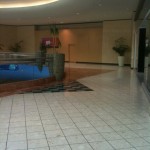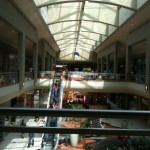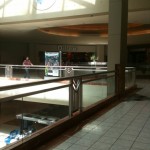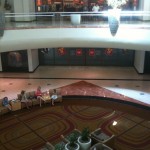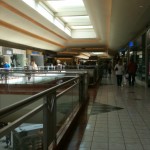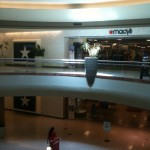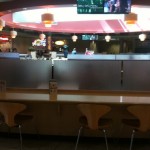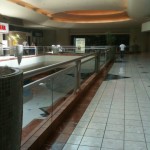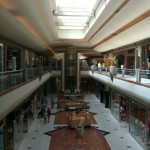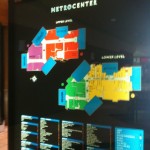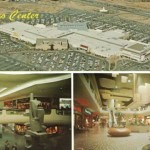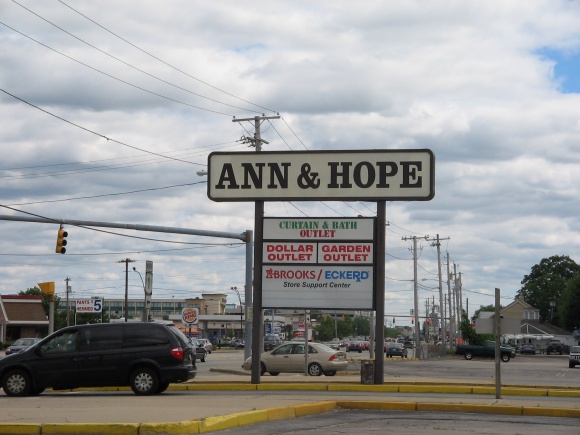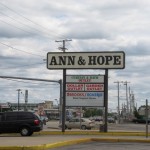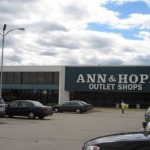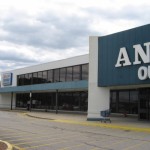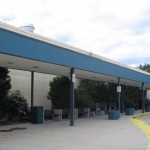It shouldn’t be any surprise that we idolize Victor Gruen at Labelscar. It’s not just because, 60 years ago, he invented the form of shopping center that is the primary focus of this blog (though that’s a big part of it) but also for a few more reasons. One is that he had the same appreciation for the form of the mall that we do, and that he similarly didn’t see them just as places of commerce. Somewhat surprisingly, both of Labelscar’s co-authors are a) men and b) not big shoppers, overall. We don’t write about malls because we’re obsessed with fashion and consumerism, so much as that we write about them because of fond memories of their function as exciting community meeting places when we were younger, growing up in fairly dull suburbia. Gruen’s creations were some of the only places in our world that brought together the masses, creating a blur of 1980s stone-washed denim jeans, gurgling penny fountains, Reebok Pumps, NKOTB cassingles, and women wearing sequin-studded dresses and sporting heavily-teased up-dos (replace with your own cultural reference points if you’re older or younger; you’ll undoubtedly have equally-vivid memories). In other words, the random mass of humanity, all partaking of junky consumer culture, yes, but it was still a place that young, old, rich, poor, all races, etc., all sort of collided into one place. Victor Gruen created the mall a few decades earlier specifically for people like us: he was an Austrian Jew who moved to the US during World War II and felt that the strip-based style of development at the time was lacking in community and soul. Malls were his way of creating hubs to serve as gathering spaces that would feel like European town centers, complete with civic amenities, artwork, fountains, and more.
Unfortunately, malls were also supposed to serve as hubs for transit and mixed-uses with residential, office, healthcare, and other services all available in one pedestrian-friendly place. Sadly for Gruen, much of his original vision was sacrificed by developers in favor of the profitable all-retail-surrounded-by-parking formula, and Gruen died a somewhat bitter man who was ashamed at how his creation was so misunderstood. He came to be seen as the anti-Jane Jacobs (she who is the mother of new urbanism) but both had the same belief in the value and power of cities, they just both had dramatically different opinions about how to get there. Jacobs believed in walkability and the organic growth of neighborhoods via smaller lot sizes–an opinion I agree with, as do many–whereas Gruen felt that large-scale redevelopment could modernize cities and stop the flow of the middle class to the suburbs with a higher standard of living or simply provide a sense of place to new areas that lacked any history. Although Gruen’s urban redevelopment projects, such as the West End in Boston, saw very mixed success and even destroyed the kinds of places Jacobs sought to defend, they also served their purpose for a time. (Yours truly even lives in a 1970s-planned neighborhood within the city of San Francisco that was plotted out based on a very Gruen-esque ideology, and although it’s a very nice place to live it is lacking in the kind of character most people associate with my city).
Ultimately, the fact that Gruen had so many of the right ideas–and that they were so much more well-intentioned than anyone familiar with a “mall” would assume–is part of what makes him such a fascinating character. This documentary goes into some of the history of the man’s life and creations, and although it’s long (about an hour!) it’s worth a viewing for anyone who is interested in the history of malls and the man who invented them.
(Thanks for the heads-up, Eric)
